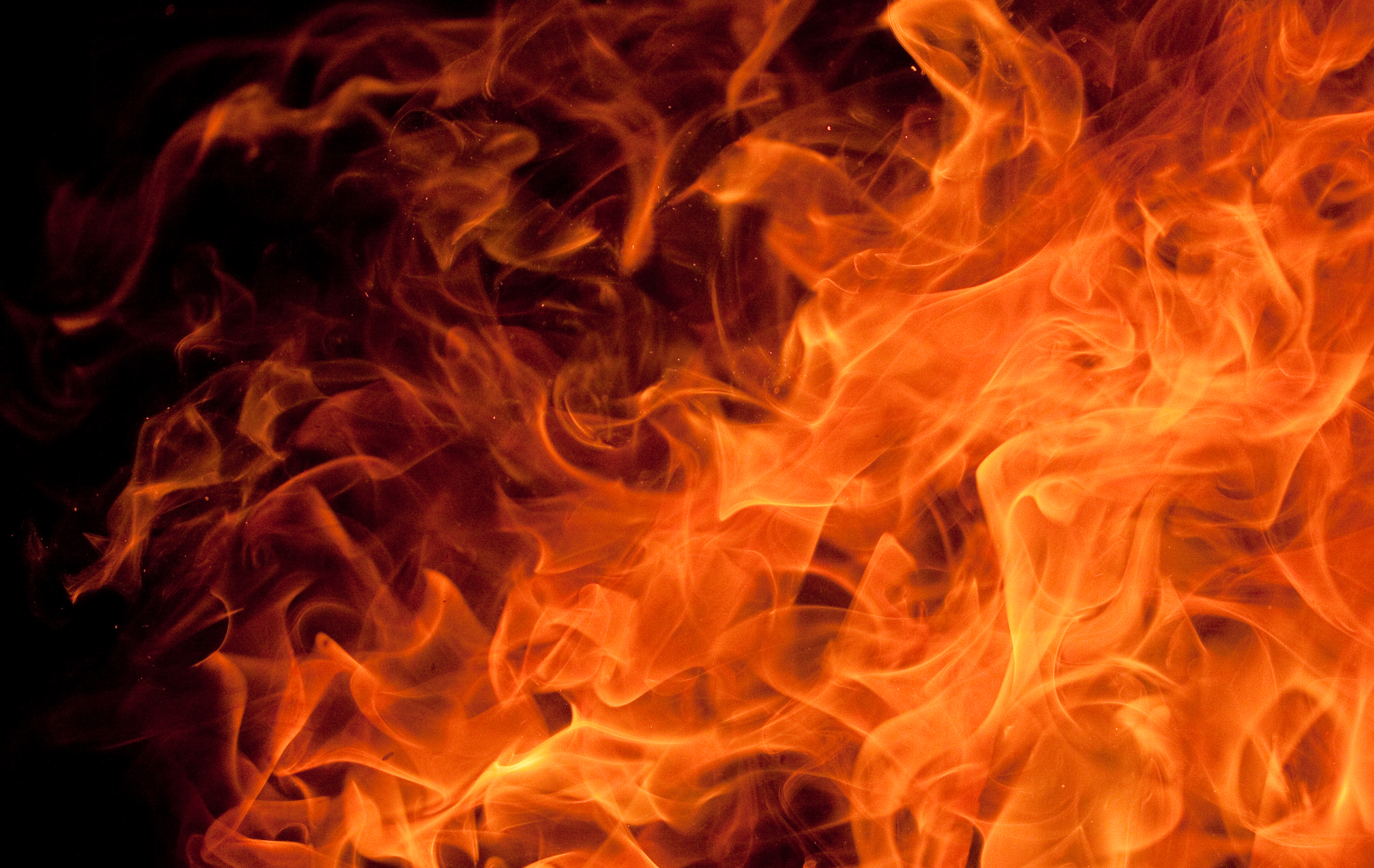The common refrain heard from some officials and others who sought to downplay the severity of coronavirus in February and early March was that it wasn't worth worrying about, because more people were likely to get sick or die from the flu than COVID-19.
As April approaches, that argument may not stand up any longer.
That's because over the course of just 31 days (from March 1 to March 31), the coronavirus killed more than 1,500 people in the tri-state, the vast majority of which were in New York. Of the 1,342 people who died in the state, 914 were in New York City.
The grander the scale, the more sobering the stats regarding COVID-19 get. Nationally, before April 1, more than 3,000 people had died as a result of coronavirus, according to NBC News. All but one of those deaths occurred over the same 31-day span.
Globally the World Health Organization says 33,000 people have died as a result of COVID-19 since they began monitoring the outbreak starting around the beginning of 2020. Over 30,000 of those incidents occurred during the month of March.
So how do those stunning, somber statistics compare to the annual flu season?
Local
New York had 4,749 deaths as a result of influenza and pneumonia in 2018, according to the Centers for Disease Control (statistics for 2019 were not available). The New York City Department of Health said that roughly 2,000 of those deaths happen within the five boroughs every year.
If divided equally over the course of a year, slightly under 400 New Yorkers died each month in 2018 from the flu or pneumonia, around 167 of whom were in the city. It is consistently one of the top five causes of death in the state and NYC.
Comparatively, if the number of New Yorkers who died as a result of COVID-19 in March was multiplied over the course of a year, the state could see more than 18,000 people die as a result — making it the third-leading cause of death behind heart disease and cancer, and well ahead of any other cause.
The U.S. saw just over 59,000 flu deaths in 2018, which is significantly higher than the 36,000 that would occur if March's COVID-19 numbers were repeated all year. However, the coronavirus has not fully hit the majority of states and is more concentrated in a group of metropolitan hot spots across the country. Most experts believe it is only a matter of time before the virus hits more suburban and rural areas, leading numbers to continue to climb.
On the world scale, it is tougher to compare COVID-19 and influenza, as the latter's death toll isn't always so clear. However, the WHO says that between 300,000 and 650,000 die each year from the flu or flu-related illnesses. That would put the projected global total for coronavirus (360,000) toward the lower end of that estimate, but they two would likely be comprable.
As for the U.S. and New York in particular, it is likely the coronavirus numbers will not get any better in April and May. Officials like Gov. Cuomo and NYC Mayor Bill de Blasio believe the worst actually may be yet to come during those two months. Cuomo said that the peak of the virus likely won't hit New York until mid-April, and given the growing dire need for ventilators (of which both Cuomo and de Blasio have said the state and city need thousands more), it could be expected to see the number of deaths increase a great deal.
While it may be too early to tell if COVID-19 will compare to the flu in terms of total number of deaths for New York or the country, there is more than enough evidence to show how deadly it can be and should not be brushed aside — shown by essentially every public official supporting an extension of social distancing guidelines for at least another month in an effort to bring down the number of infections and deaths.



